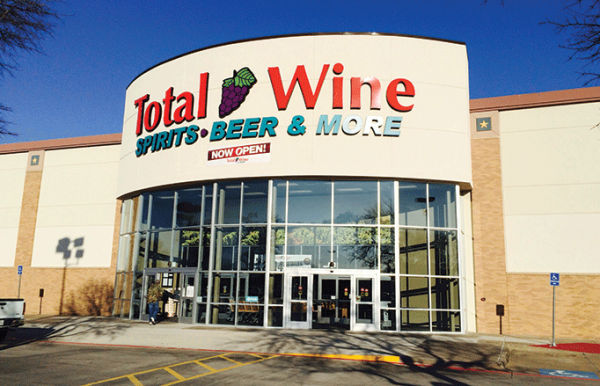From ICSC.org

Landlords are finding it easier to fill vacant big boxes these days, due to an uptick in expanding retailers and other unconventional tenants.“The stock of vacant boxes has come back to prerecession levels, and vacancy rates are now pretty consistent with overall vacancies,” said Todd Caruso, the senior managing director who heads CBRE’s retail owner/agency practice in the Americas. “We no longer have this massive disparity; the segment is growing with the strengthening economy, and new concepts are emerging and even breeding other concepts.”
Expanding retailers are filling many boxes, and other sites are leasing out to nonretail uses: medical offices, day-care centers and various types of entertainment concepts, such as trampoline centers, and even interior skydiving facilities that use wind tunnels to simulate the experience.
Some box spaces are split between retail and office tenants, such as in Royal Oak, Mich. where a former two-story Barnes & Noble downtown was divided into a second-floor headquarters for software firm Vectorform and a ground-floor space for Buffalo Wild Wings.
In New Jersey nearly all the quality vacant box spaces have become reoccupied, says Chuck Lanyard, president of the Paramus, N.J.–based Goldstein Group, “It’s a big difference from just a year and a half ago,” he said. Such retailers as HomeGoods, Marshalls and T.J.Maxx and exercise chains like Crunch and LA Fitness are filling many midsize boxes, while the likes of Floor & Decor, Hobby Lobby, Price Rite, Wegmans and Whole Foods are filling larger ones, Lanyard says. “We’re also seeing myriad entertainment uses, like gymnastics and indoor swimming and trampoline centers, but not as many churches,” Caruso said. “That surge was three to five years ago.”
One of the best illustrations of the sector’s improved vitals is the Phoenix market. One of the three hardest-hit regions in the recession, the Phoenix area suffered 12 consecutive quarters of both negative absorption and rising vacancy rates, with such big-box sellers as Circuit City, Linens ‘n Things and Mervyns all cratering, observes Dave Cheatham, managing principal of Phoenix-based Velocity Retail Group. “At one point there were 250 available boxes.” The number continues to fall, from 168 in mid-2011 to 113 in mid-2014, with fewer than 100 being projected for this year, according to CBRE. Many buildings have been taken over by some of the aforementioned unconventional users, which have discovered how much cheaper it is to retrofit an existing space than it is to build a new one, Cheatham says.
Cities and counties are pushing the re-leasing of big-boxes by attending ICSC’s RECon, in Las Vegas, and other meetings. “It used to be that cities would attend ICSC events to promote and market new developments only, but in recent years they’ve been actively promoting redevelopments,” Birdie said. “They recognize the opportunities to improve economic conditions and their tax base.”
And industry data portend further big-box absorption. An estimated net retail absorption of nearly 85 million square feet last year marks an 87 percent increase over 2013, according to Marcus & Millichap. Strengthening fundamentals reduced the national vacancy rate by an estimated 70 basis points to 6.5 percent, resulting in 2.5 percent rent growth, the firm says. About 51 million square feet of new retail space came online last year, mostly in grocery store space, Marcus & Millichap says. But those numbers do not include any midsize retail big boxes that are showing up on the ground floors of mixed-use developments, says Caruso, who predicts little if any speculative big-box construction in the offing. Still, big-box leasing has been so brisk, he says, that CBRE has stopped publishing its annual big-box vacancy reports on all but a few U.S. markets. Said Caruso: “That tells you where the segment is right now.”
For original article, click here.